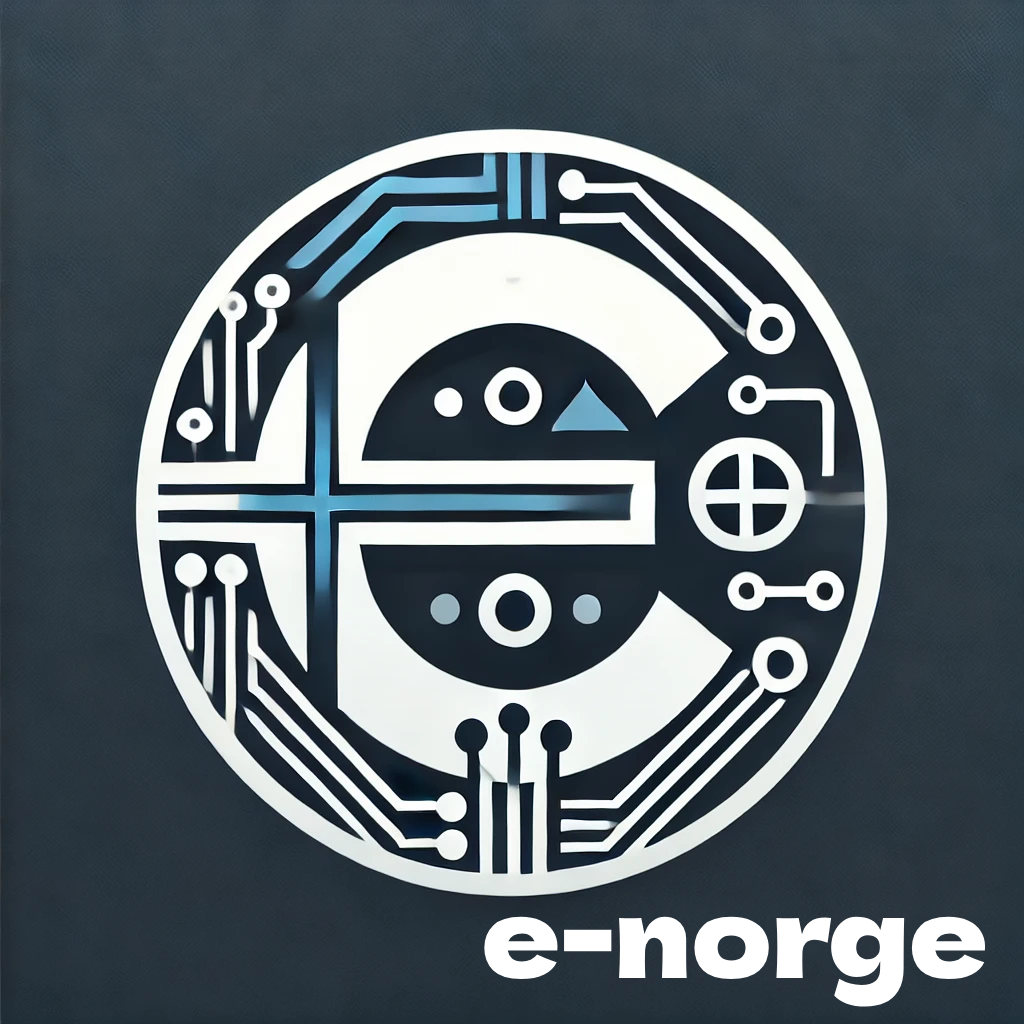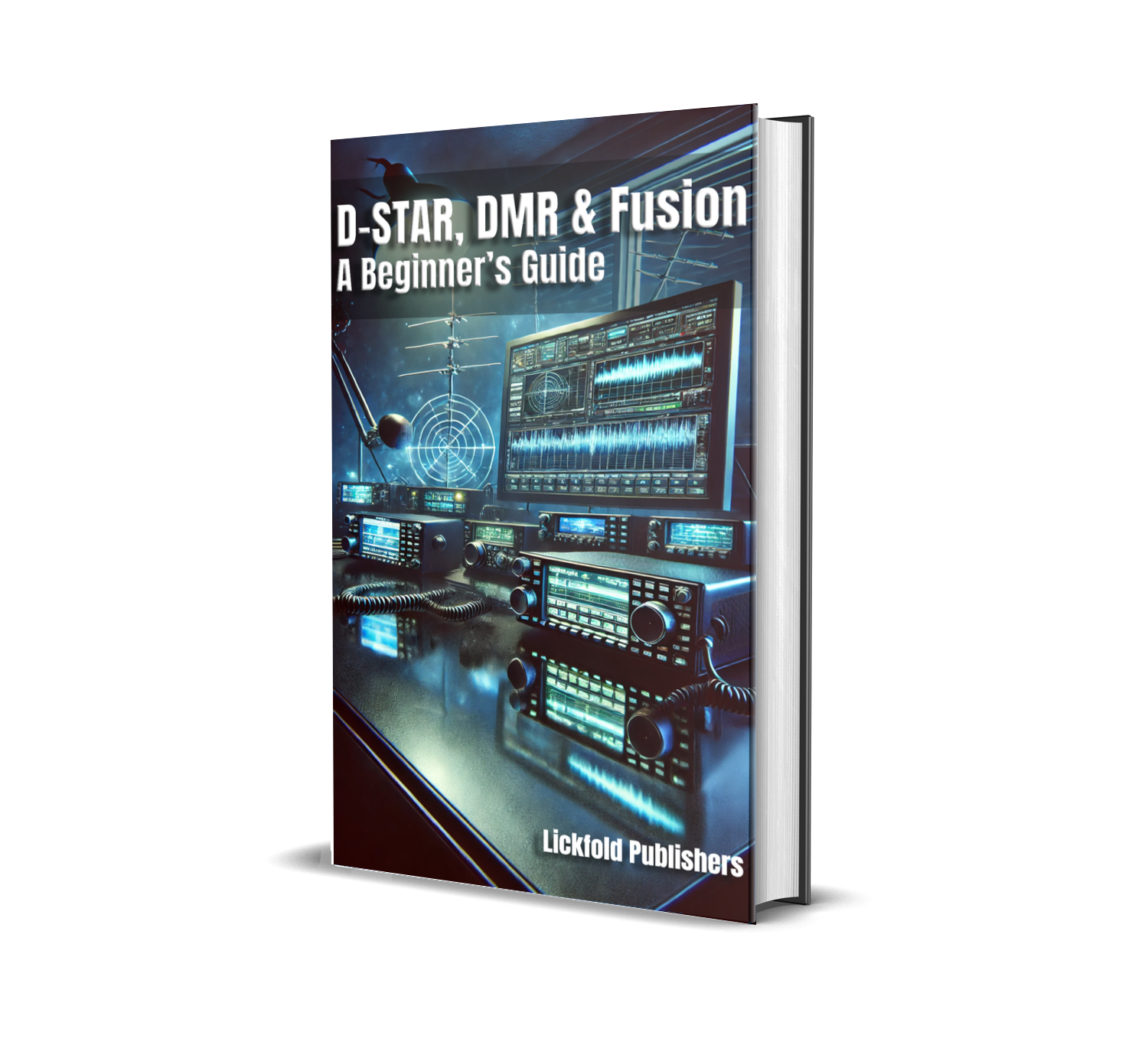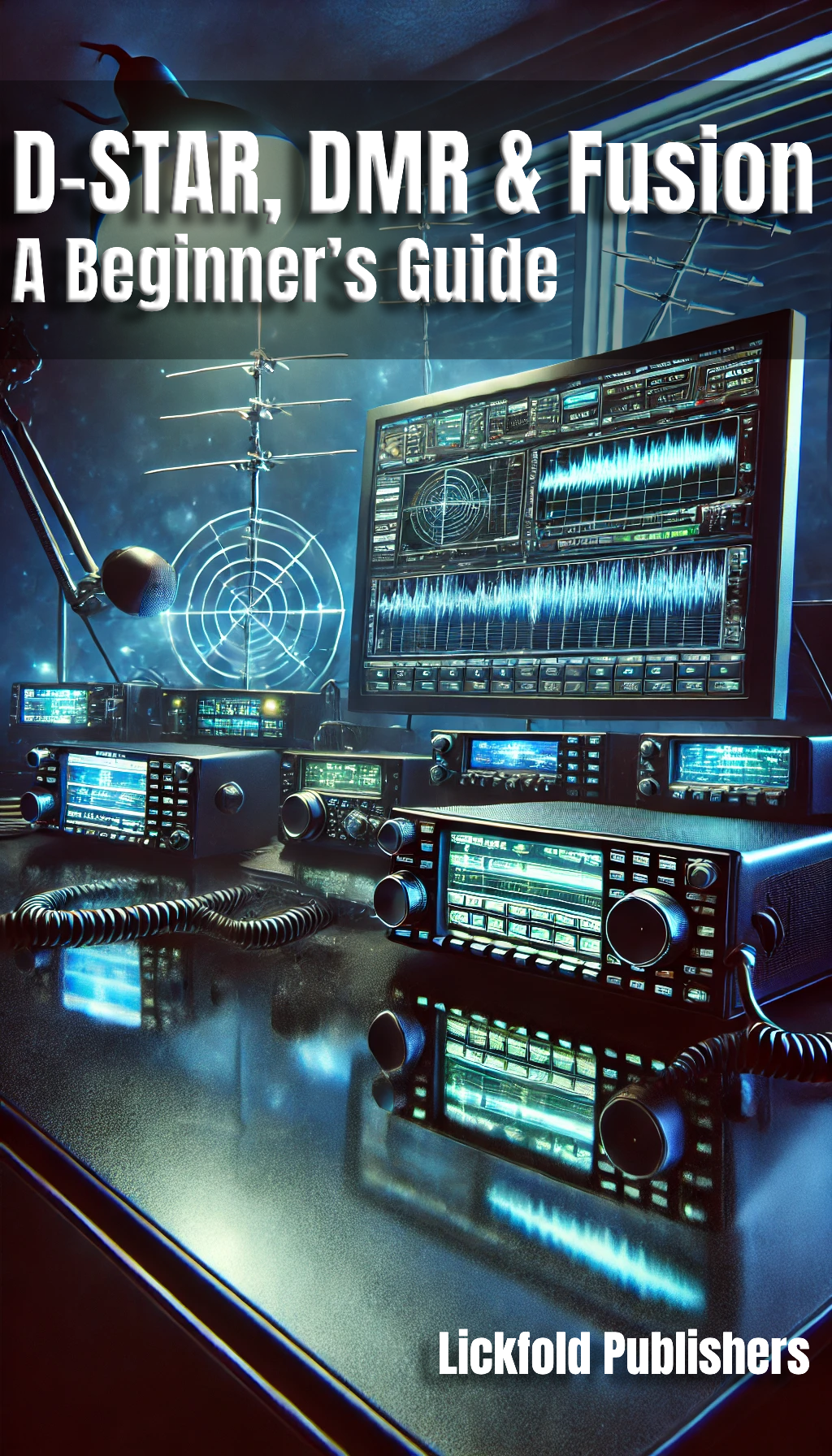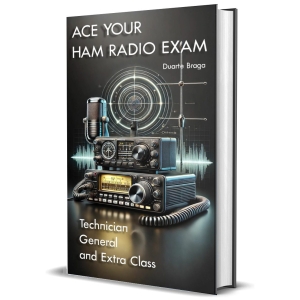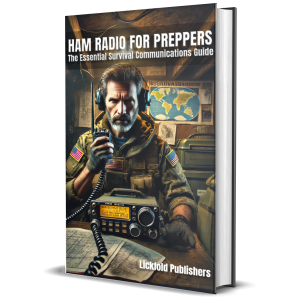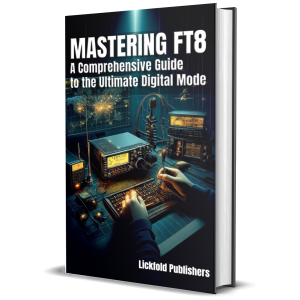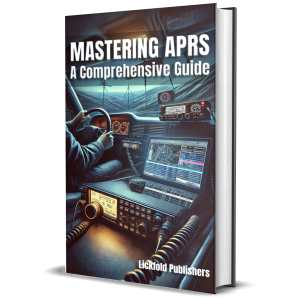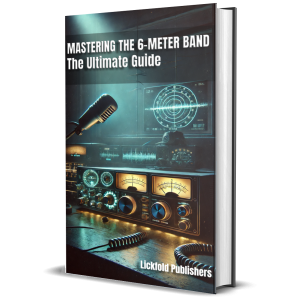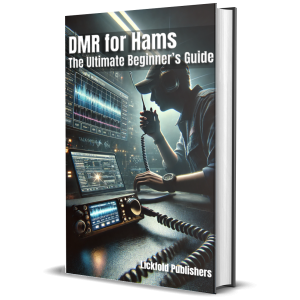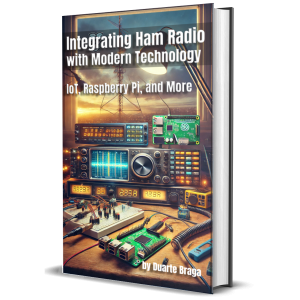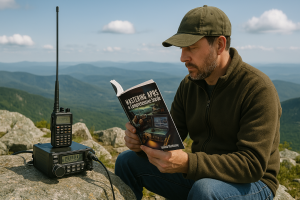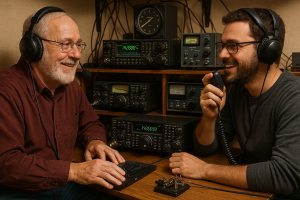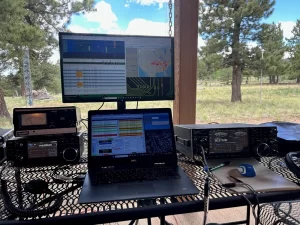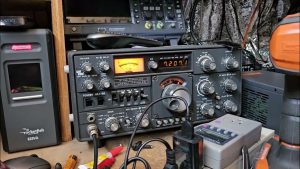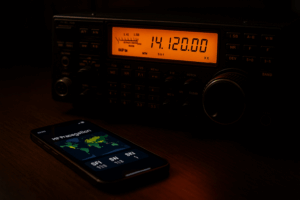Description
This is the ultimate roadmap to mastering digital voice communication in amateur radio. Whether you’re diving into D-STAR’s callsign-based routing, DMR’s structured talk groups, or Fusion’s high-fidelity C4FM, this book breaks down each mode with technical precision and real-world applications. Learn how to program your radios, access global networks, integrate hotspots, and optimize your setup for everyday use and emergency communication. Packed with expert insights, advanced experimentation, and a future-forward look at digital innovation, this guide is your key to unlocking the full potential of modern ham radio.
As amateur radio continues to evolve, digital voice communication has become a cornerstone of modern radio operations, offering enhanced clarity, structured networking, and global reach. This book serves as an in-depth guide for beginners and experienced operators alike, providing a comprehensive analysis of D-STAR, Digital Mobile Radio (DMR), and Yaesu System Fusion (YSF)—the three dominant digital voice modes in amateur radio.
Unlike traditional analog FM, digital voice systems encode and transmit voice using advanced vocoders and structured network architectures, allowing operators to communicate beyond local repeater range, join global talk groups, and integrate data transmissions such as GPS tracking and messaging. Each system presents unique advantages and challenges, making an informed selection crucial for effective communication.
Core Concepts and Technical Foundations
This book begins with a foundational understanding of digital voice technology, explaining:
- How digital voice works and how it differs from analog FM.
- The modulation techniques (GMSK, 4FSK, C4FM) used in digital voice modes.
- Vocoder technologies (AMBE+2, Codec2) and their impact on voice clarity.
Each digital mode is analyzed in detail, exploring its operational structure, network topology, and best-use scenarios.
Understanding and Operating Digital Voice Systems
D-STAR: Callsign-Based Routing and Reflector Networks
Developed by the Japan Amateur Radio League (JARL), D-STAR offers:
- Seamless callsign-to-callsign communication via trust servers.
- Reflector-based networking, allowing multi-user digital QSOs.
- 1.2 GHz digital data transmission, unique among amateur digital systems.
D-STAR requires callsign registration, proper RPT1/RPT2 programming, and knowledge of reflector linking for effective operation.
DMR: Talk Group Structure and Efficient Spectrum Use
Adopted from commercial radio standards, DMR provides:
- A structured talk group system for local, national, and global QSOs.
- TDMA-based time slot efficiency, allowing two voice channels per frequency.
- BrandMeister, DMR-MARC, and FreeDMR networks for repeater linking.
DMR’s learning curve includes codeplug programming, talk group assignment, and time slot coordination for seamless network integration.
Fusion: Analog-Digital Hybrid Communication
Yaesu’s System Fusion offers:
- Automatic Mode Selection (AMS), allowing analog and digital users to coexist.
- WIRES-X rooms for flexible, VoIP-based global communication.
- Superior audio quality via C4FM modulation.
Fusion is often the easiest system for beginners to adopt due to its simple interface and direct repeater linking capabilities.
Building and Accessing Digital Networks
This book also covers the technical and practical aspects of network integration, including:
- How to program and operate digital repeaters for D-STAR, DMR, and Fusion.
- Hotspot configuration for personal access to global networks.
- Cross-mode communication using protocol bridges and transcoding.
- Network etiquette and best practices for maintaining clean, efficient QSOs.
Each mode’s network infrastructure is analyzed in terms of resilience, accessibility, and real-world usability, helping operators make informed deployment choices.
Advanced Applications and Experimentation
As digital voice technology evolves, this book explores cutting-edge advancements, including:
- AI-enhanced voice processing for noise reduction and weak-signal compensation.
- Ultra-narrowband vocoders (Codec2) for low-bandwidth digital voice.
- Satellite-based digital voice communication for long-distance QSOs.
- Decentralized digital networking for off-grid and emergency operations.
The integration of software-defined radios (SDR) with digital voice systems is also examined, showcasing how operators can experiment with next-generation voice technologies.
Emergency Communication and Public Service Applications
Beyond everyday operation, digital voice plays a crucial role in emergency communications and disaster response. This book provides insight into:
- How D-STAR, DMR, and Fusion are used in disaster relief and search-and-rescue.
- Best practices for setting up emergency communication nets using digital modes.
- Interoperability with government and public safety agencies.
Case studies from hurricane relief, wildfire incidents, and earthquake response illustrate the practical deployment of digital systems for emergency coordination.
Comparative Analysis: Choosing the Right Digital Mode
With the wealth of options available, selecting the right digital mode can be challenging. This book provides a comparative breakdown of D-STAR, DMR, and Fusion, assessing each system based on:
- Audio quality and vocoder performance.
- Repeater availability and network reach.
- Equipment cost and manufacturer support.
- Ease of use and learning curve for beginners.
Operators are guided through decision-making frameworks, helping them choose the mode best suited to their needs, whether for local repeater communication, structured public service nets, or global QSOs.
Conclusion: The Future of Digital Voice in Amateur Radio
As amateur radio continues to embrace digital communication, the future of digital voice technology is poised for further innovation. Emerging trends, such as:
- Fully integrated, multi-mode SDR transceivers.
- Decentralized, internet-independent digital networks.
- Advancements in AI-powered voice compression and processing.
- Expansion of digital voice via geostationary and low-Earth orbit satellites.
…will continue to shape the evolution of digital modes in amateur radio.
This book serves as both a practical guide and a forward-looking exploration of digital voice technologies, equipping operators with the knowledge to successfully navigate, deploy, and innovate within the digital landscape of amateur radio. Whether a beginner or an advanced experimenter, readers will gain the tools and understanding necessary to fully leverage the capabilities of D-STAR, DMR, and Fusion in their amateur radio endeavors.
